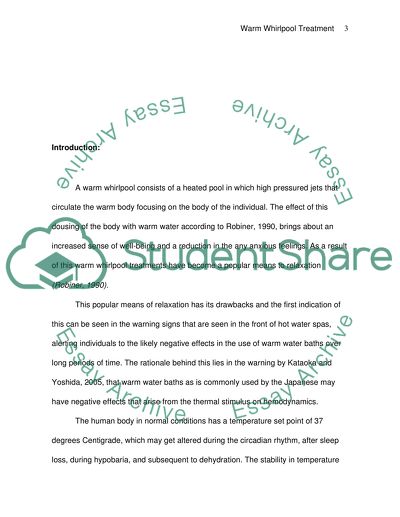Cite this document
(“Heart Rate and Blood Pressure Responses to Warm Whirlpool Treatment Article”, n.d.)
Retrieved from https://studentshare.org/medical-science/1546164-heart-rate-and-blood-pressure-responses-to-warm-whirlpool-treatment
Retrieved from https://studentshare.org/medical-science/1546164-heart-rate-and-blood-pressure-responses-to-warm-whirlpool-treatment
(Heart Rate and Blood Pressure Responses to Warm Whirlpool Treatment Article)
https://studentshare.org/medical-science/1546164-heart-rate-and-blood-pressure-responses-to-warm-whirlpool-treatment.
https://studentshare.org/medical-science/1546164-heart-rate-and-blood-pressure-responses-to-warm-whirlpool-treatment.
“Heart Rate and Blood Pressure Responses to Warm Whirlpool Treatment Article”, n.d. https://studentshare.org/medical-science/1546164-heart-rate-and-blood-pressure-responses-to-warm-whirlpool-treatment.


